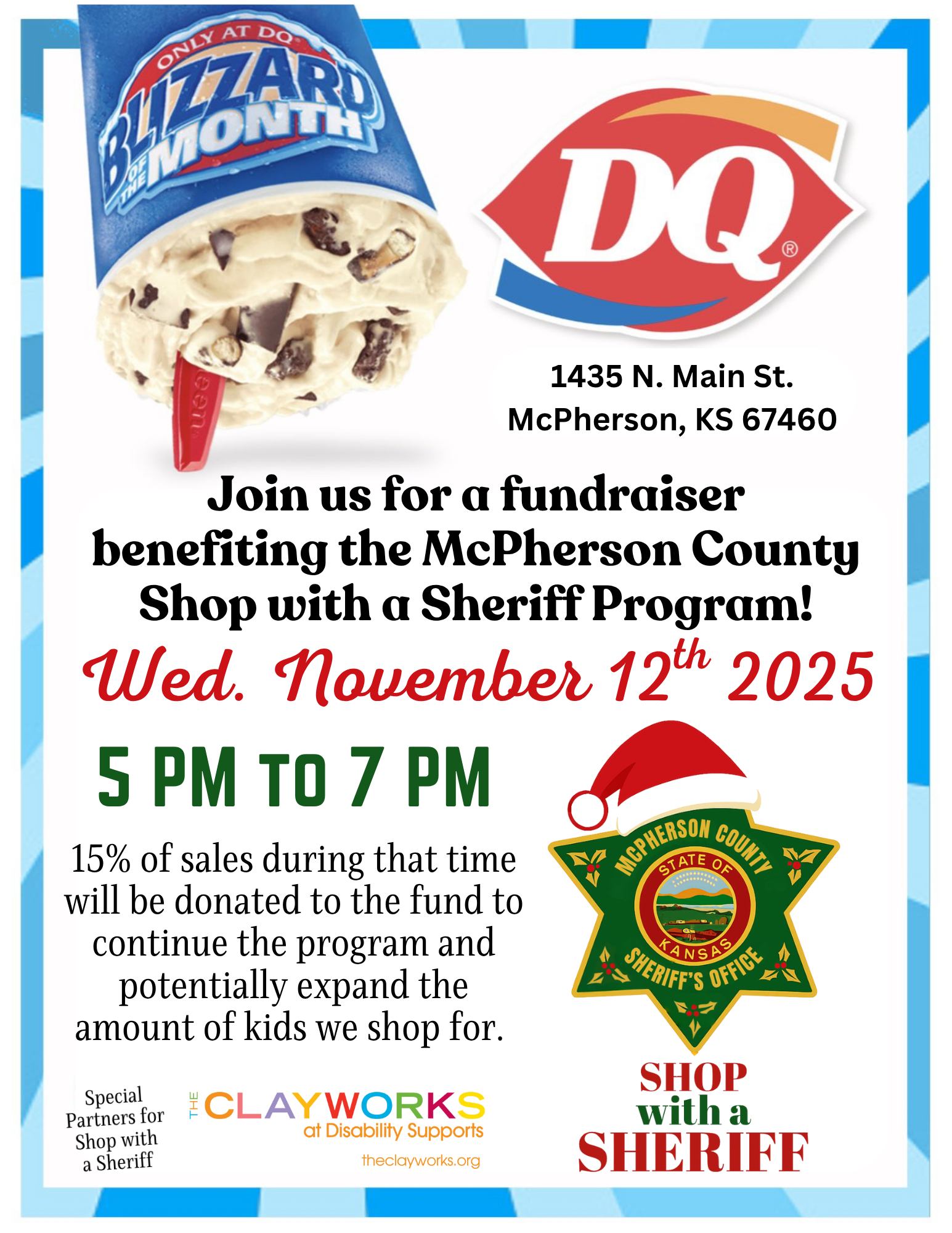Kansas Officials Warn Drivers: Peak Season for Deer Collisions Begins

Kansas motorists are being urged to exercise extra caution on roadways as the state enters peak season for vehicle-deer collisions, with multiple state agencies launching a coordinated awareness campaign.
The warning comes as alarming statistics reveal the scope of the problem: deer-related crashes accounted for 39% of all single-vehicle accidents across Kansas in 2024, resulting in five fatalities and 674 injuries, according to the Kansas Department of Transportation.
"These crashes greatly increase from now until the end of the year because of deer breeding season, with November typically the peak time," officials said.
The Kansas Department of Transportation, Kansas Highway Patrol, Kansas Department of Wildlife and Parks, AAA Kansas, and the Kansas Turnpike Authority have joined forces to help decrease the number of deer-vehicle crashes during this critical period.
Stay in Your Lane
Lt. Chad Crittenden of the Kansas Highway Patrol emphasized that attempting to avoid deer can be more dangerous than the collision itself.
"Serious crashes are more likely to occur when drivers swerve to avoid a deer, as this can lead to loss of vehicle control, departure from the roadway or collisions with oncoming traffic," Crittenden said. "It is often safer to brake firmly and stay in your lane."
Rising Repair Costs
Beyond the safety concerns, the financial impact of deer collisions has skyrocketed. Shawn Steward, Public Affairs Manager for AAA Kansas, noted that repair costs have more than doubled in recent years.
"AAA insurance statistics show the average claim in Kansas for an animal strike in 2024 was $8,430 – up 103% in just five years," Steward said. "This is largely due to advanced vehicle technology such as cameras and sensors, driving up the cost of repairs."
Steward also warned that comprehensive auto insurance coverage is necessary to cover such damage.
Seasonal Behavior Increases Risk
Levi Jaster, Big Game Program Coordinator for the Kansas Department of Wildlife and Parks, explained that while the agency prioritizes reducing deer-vehicle collisions through population management, seasonal factors create unavoidable hazards.
"Even in areas with fewer deer, seasonal habitat changes and mating can bring deer onto roads at any time of day or night," Jaster said. "Drivers should be especially cautious at dawn and dusk and stay attentive in areas with good deer habitat. Slowing down and remaining alert are the best ways to avoid a collision."
What Drivers Should Do
Safety officials recommend the following precautions:
Watch for deer especially at dawn and dusk, when they are most active. Deer rarely travel alone, so if you see one, expect more.Reduce speeds near wooded areas and water sources where deer are more likely to cross.Pay attention to deer crossing signs, which mark areas with historically high collision rates.Use bright headlights when there is no oncoming traffic, as deer's eyes often reflect light.Never swerve to avoid a deer, as this can cause you to hit oncoming traffic, run off the road, or overturn.If a collision occurs, move the vehicle to the shoulder if possible, turn on hazard lights, keep seat belts fastened, and call law enforcement — KHP dispatch at *47, turnpike users at *KTA, or local law enforcement at 911.
State law requires anyone involved in a collision with a deer or other animal to immediately report the incident to law enforcement if it results in personal injury or property damage totaling $1,000 or more.
Drivers should also contact their insurance company to report any damage.
Officials stressed that vehicle-deer collisions can occur on any Kansas roadway, whether rural or urban, and urged motorists to stay alert, obey posted laws, eliminate distractions, and always wear seat belts throughout the fall season and year-round.
Receive Local Information Like This In Your Inbox
Stay informed with stories and updates from your community
